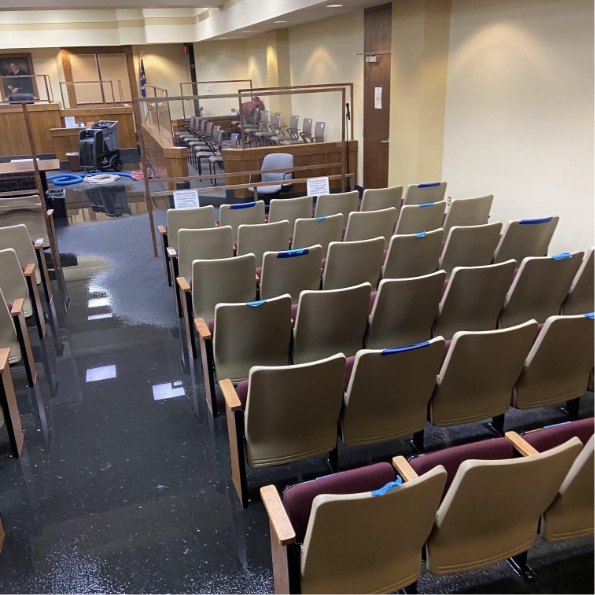What to Know About Cleanroom Cleaning ISO Standards

In industries like pharmaceuticals, biotech, healthcare, aerospace, and data centers, cleanliness isn’t just about looking neat—it’s a matter of compliance, safety, and performance. That’s where cleanrooms come in. But what exactly makes a cleanroom clean? And how clean does it really have to be? This blog explores what you should know about cleanroom cleaning ISO standards.
What Is a Cleanroom?
A cleanroom is a controlled environment designed to minimize the presence of contaminants like dust, airborne microbes, aerosol particles, and chemical vapors. These particles, invisible to the naked eye, can compromise experiments, damage sensitive equipment, or corrupt data.
Cleanrooms are built with tight controls over air filtration, temperature, humidity, and pressurization. People entering cleanrooms often wear specialized garments, and everything from airlocks to equipment is designed to reduce particle introduction and buildup.
But it’s not just about having the right gear—it’s about meeting strict standards.
ISO Cleanroom Standards: The Basics
The International Organization for Standardization (ISO) created a classification system (ISO 14644-1) that defines how “clean” a cleanroom must be, based on the number and size of airborne particles per cubic meter of air. There are nine ISO cleanroom classes: ISO 1 is the cleanest, ISO 9 is the least strict.
Here’s a quick breakdown:
ISO 1: Allows only 10 particles (0.1 microns or larger) per cubic meter.
ISO 5: Common in pharmaceutical filling and semiconductor manufacturing. Allows 3,520 particles (0.5 microns or larger) per cubic meter.
ISO 8: Closer to standard room air. Used in less sensitive areas of production.
To put it in perspective, typical outside air contains over 35,000,000 particles per cubic meter. ISO standards help ensure cleanrooms maintain particle counts well below that level, using HEPA or ULPA filters and rigorous maintenance protocols.
The Hidden Risks of Dirty Cleanrooms
Particles can interfere with microprocessors, contaminate sterile drugs, or cause data corruption in servers. In data centers especially, dust and debris can cause static discharge, overheating, or system failure. That’s why cleaning isn’t just routine—it’s critical.
Where Sasser Restoration Comes In
Sasser Restoration offers specialized cleanroom and data center cleaning services that go beyond surface-level cleaning. Their technicians are trained in ISO-compliant cleaning procedures and understand how to work in sensitive, high-risk environments without introducing contamination.
Whether it’s regular maintenance or post-incident remediation, Sasser Restoration uses HEPA-filtered vacuums, anti-static tools, and approved disinfectants to ensure environments meet the necessary standards.
At Sasser, we understand that cleaning in a controlled environment isn’t just about dusting or mopping—it’s about preserving the integrity of your operation.
Cleanrooms don’t stay clean on their own. They need constant attention, precision, and expertise. Whether you’re running a biotech lab or a high-stakes data center, understanding ISO cleanroom standards—and working with professionals like Sasser Restoration—can make the difference between smooth operations and costly contamination.
Need your cleanroom or data center cleaned to spec? Contact Sasser Restoration for certified, reliable service.
Contact a Sasser Professional



